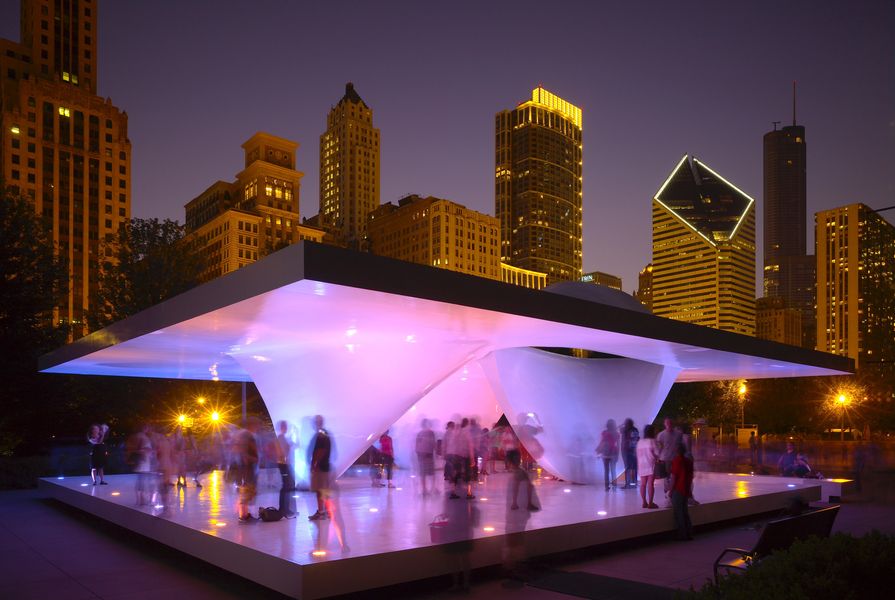In 2006, Ben van Berkel (fellow co-founder of UNStudio) and I wrote: “We like to be lighthearted, but can’t always evade northern heavy-handedness; we like to think that we navigate a smooth space, but we can’t sometimes help sensing that we actually swerve from near-collision to near-collision, with the occasional total wreck thrown in. We like to think that we can be players in the actual world, but we don’t always feel sure it’s the same world. But isn’t this what it really means to believe in the experimental?
What we don’t like, and there are no qualifying buts attached to that, is risk-free architecture. In the long run it does not even make a difference if that safe architecture is of the pretension-less commercial variety, or disguised as ‘critical’ architecture, its criticality actually amounting to a recitation of the irony and the received opinions that have been echoing around in media space for thirty years. The meaninglessness of an architecture that avoids risk is most eloquently expressed by the fact that it has recently noiselessly converted from a once staunchly defended modernist formal appearance to a once vehemently opposed expressionist or organic formal appearance. The practice of an experimental approach, entailing the concentration of all your efforts in an uncertain, completely unknown outcome, over and over again, is really the purest form of idealism, utopianism even. Consequently, those of us who embrace this uncertainty, who reject the safe haven of a consensual, long-ago utopia, must address the complex nature of the real.” 1
An engagement with contemporaneity, with reality, is at the basis of our practice. Today, that also entails the awareness that risk is always there – it manifests itself in many forms and is, ultimately, always shared.
1. Ben van Berkel and Caroline Bos, Design Models (London: Thames & Hudson, 2006)


















